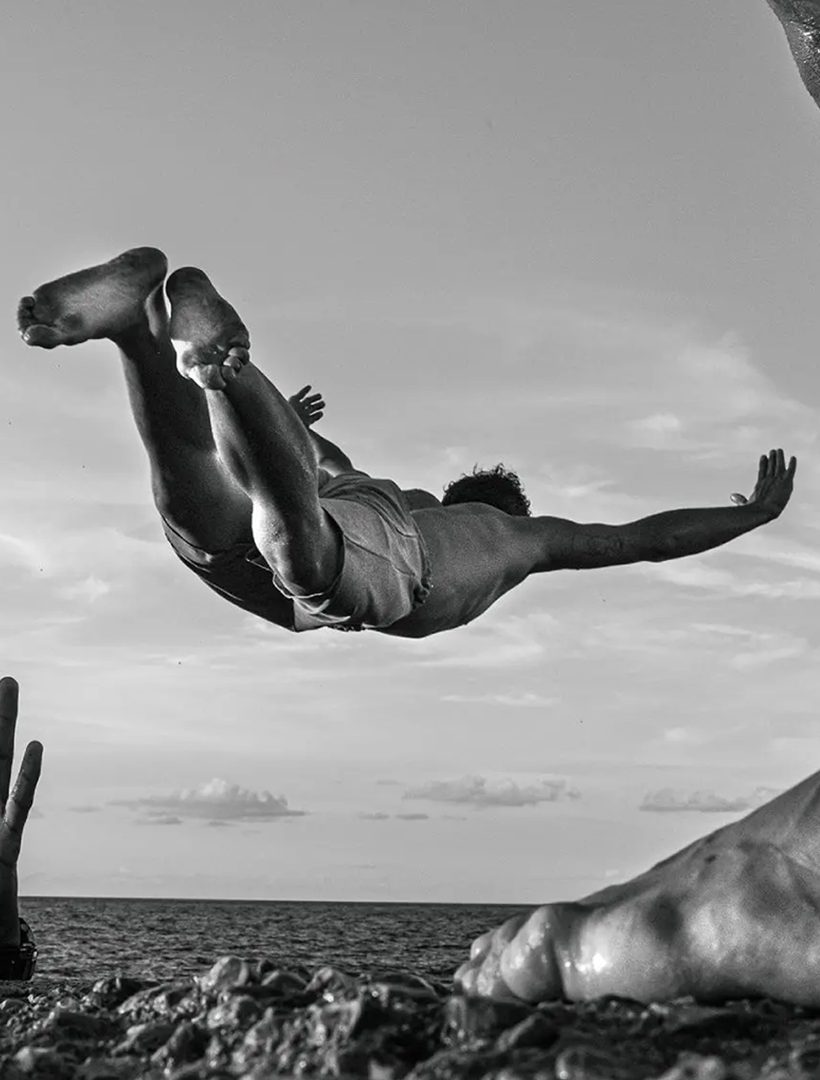If photography can reclaim a narrative, Nadya Kwandibens is doing exactly that—one portrait at a time.
Born Anishinaabe (Ojibwe) from the Animakee Wa Zhing #37 First Nation, Kwandibens has spent years building a photographic practice rooted in decolonial intention, self-representation, and trust. While many know her now as Toronto’s Photo Laureate, her work feels more like a continuum of purpose than a title. She founded Red Works Photography in 2008 to carve space for Indigenous dignity in contemporary portraiture, offering counter-images to dominant media tropes that too often flatten, stereotype, or silence.








